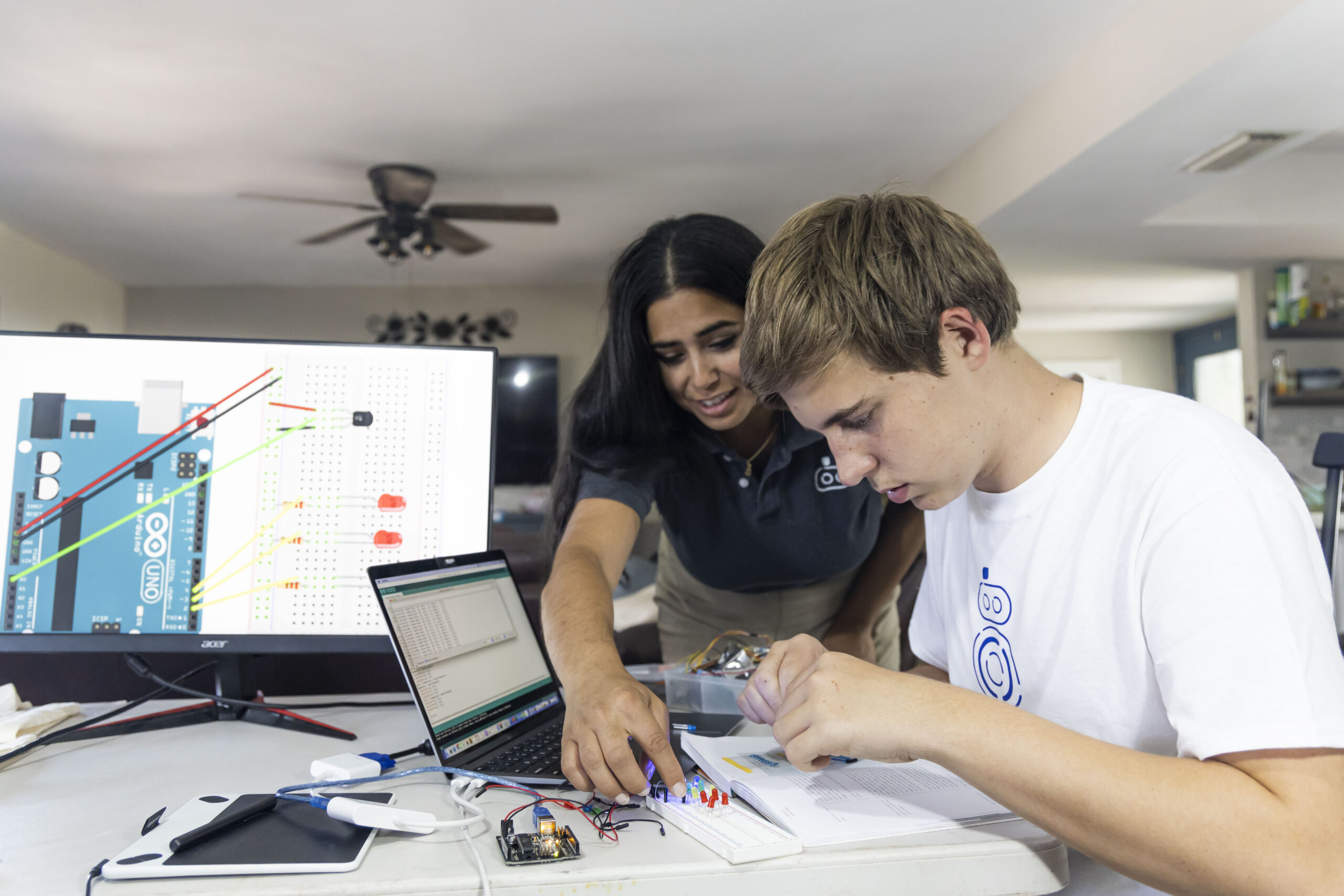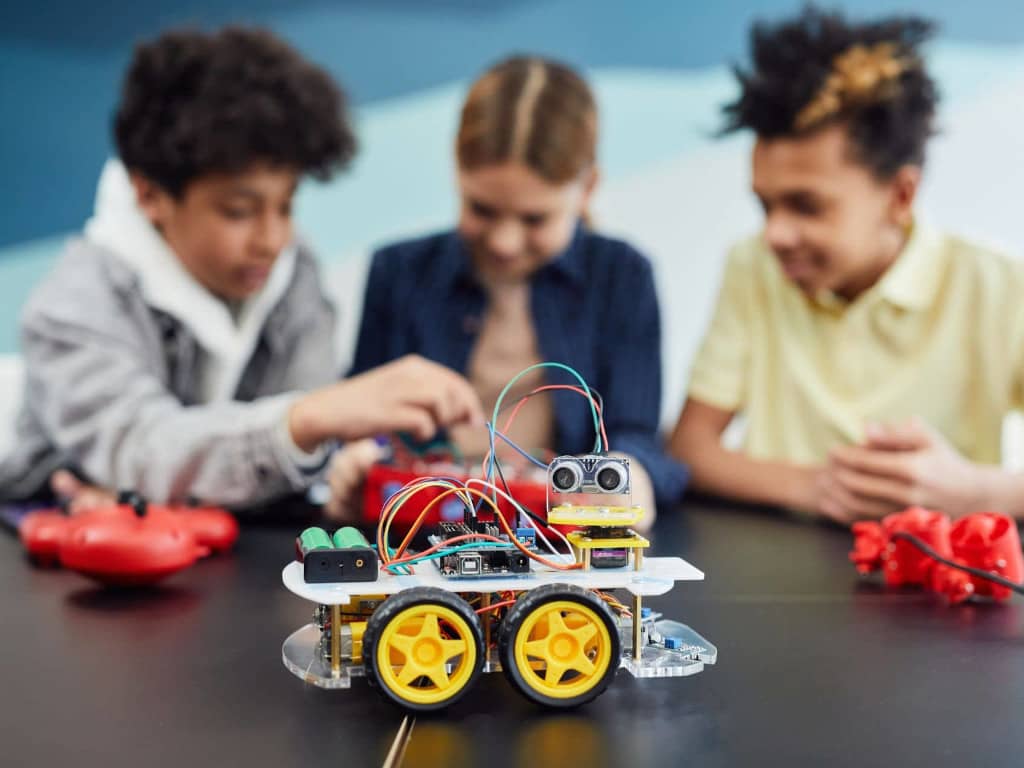The Internet user and the World Wide Web: How has the internet become part of our everyday lives?

The internet arose from the need to connect society with all kinds of information from any system: hardware and software, to an integral part of how the world works.
For example, when you wake up one morning and pick up your smartphone, and use face recognition, it gives you access to the content in your phone. You go out in the garden, and your neighbor tells you about a new song and sends it to you via Bluetooth. When you are on your way to buy groceries, the GPS tells you how to get there. Also, when you pick up products, they can offer nutritional information on your cell phone via QR. Finally, when you get home and play an online game on your console with people from other countries.
All this is possible thanks to the Internet of Things (IoT).
What is the Internet of Things?
It refers to an ecosystem in which physical objects interact by exchanging data in real time, this data comes from the environment and is acquired through sensors. This is then analyzed and processed as information that allows physical objects to recognize each other and make decisions.
The origin of this concept was coined in 1999 by Kevin Ashton, a member of the radio frequency identification development community.
What are its supporting components?
According to Keyur K. Patel, Sunil M. Patel, P. G. Scholar and Carlos Salazar ¹, the technologies that support IoT are:
-
Sensors
-
Transmission networks such as WiFi, GPRS, GSM.
-
Management service layers such as data analysis, data filtering.
-
Layer of applications such as transportation, factories, health, energy and environment).
These experts also mention 3 groups:
-
Devices
-
Distribution networks.
-
Intelligent computers capable of making decisions and processing data at high speed.
Thus, these elements make it possible for this technology to work in any place, machine or computer, and at any time. The IoT makes it possible for the things around us to be ‘smart’.
The impact of IoT on our society
The IoT has improved aspects of our lives in the areas of business, personal security and information, as well as the execution of tasks. For example, home security, augmented reality glasses, motion sensing cameras, and smart processes in factories and agriculture.
During the Covid-19 pandemic, IoT has helped in aspects such as controlling the distribution of vaccines with smart tracking systems, in obtaining information on people thanks to body temperature measuring instruments and monitoring devices such as smart watches.
Challenges for the future
According to the World Economic Forum, 84% of IoT applications are aligned with the UN’s sustainable development goals. This making it a tool for combating educational and socioeconomic inequality, poverty and promoting environmental sustainability.
The IoT is one of many technological tools created to improve various aspects of our world. We must therefore guide it for the benefit of humanity and our planet.
¹https://www.researchgate.net/publication/330425585_Internet_of_Things-IOT_Definition_Characteristics_Architecture_Enabling_Technologies_Application_Future_Challenges
Source:
Researchgate.net: Publication – Internet of Things-IOT: Definition, Characteristics, Architecture, Enabling Technologies, Application & Future Challenges
Asme.org
Weforum.org
BBC.com










Thank you for your sharing. I am worried that I lack creative ideas. It is your article that makes me full of hope. Thank you. But, I have a question, can you help me?